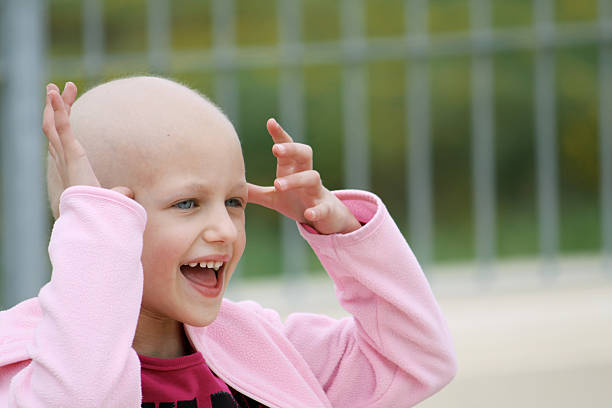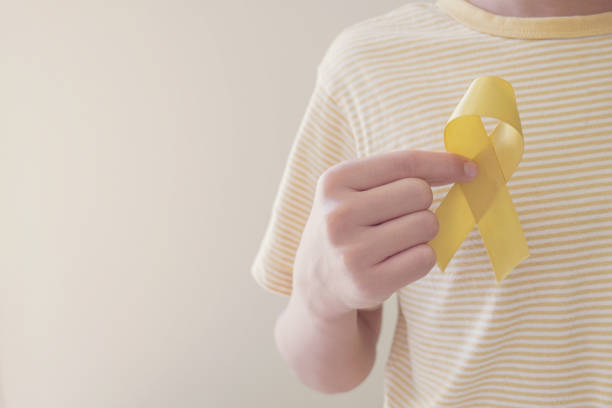The ISSSTE Childhood Cancer Survivorship Clinic, the leader in Latin America, is in Mexico and has more than 30 medical specialties, with highly trained professionals to care for and monitor more than 230 surviving patients.
Created on March 2, 2016, it is the first in the country to have a better quality of care for its patients and achieve successful social, academic, and labor reintegration.
Clinical care for cancer survivors, why is it necessary?
Adequate and dignified treatment of cancer survivors remains a fundamental issue; however, over the years, there have been more clinics for childhood cancer survivors with sufficient facilities, but they remain unknown to many people.
Medicine continues to fight for this to become one more department in all hospitals with cancer patients since survivors must know as much as possible about the treatment they received and the follow-up they need until adulthood.
For example, a patient who receives radiation for an extended time has a higher risk of developing heart problems and lung conditions. Letting survivors know this helps both the follow-up doctor and the survivor know when to schedule their medical evaluations and thus prevent the development of other illnesses.
How do you enter a clinic for childhood cancer survivors?
A patient enters this clinic after completing at least two years of surveillance in remission without any evidence of tumor activity or five years for those transplanted as part of their treatment.
What is the process now?
Once admitted and with a file of the infant’s medical history, a family doctor is assigned to give survival care plans to continue monitoring until ten years of surveillance. During this time, the necessary studies and assessments are carried out to detect and treat late sequelae, promote a healthy lifestyle, and educate patients on the steps they must follow routinely in their adult life.
Survivor Clinic Graduation
The little ones are discharged from pediatric oncology throughout ten years of surveillance. Doctors and survivors are called to do the “Survivor Clinic Graduation,” where the infant is given a folder with the specific data of his condition, a diploma, and the survivor’s medal for childhood cancer.
Until 2021 there will be 36 survivors who have been able to receive the medal for those years of struggle throughout their lives from childhood to adulthood without giving up for a single moment. The other patients are still under surveillance and will surely be the next to have their following graduation.
In the end, patients give away a photo placed in the Tree of Life in the hospitalization area to inspire and motivate children with recent diagnoses.



